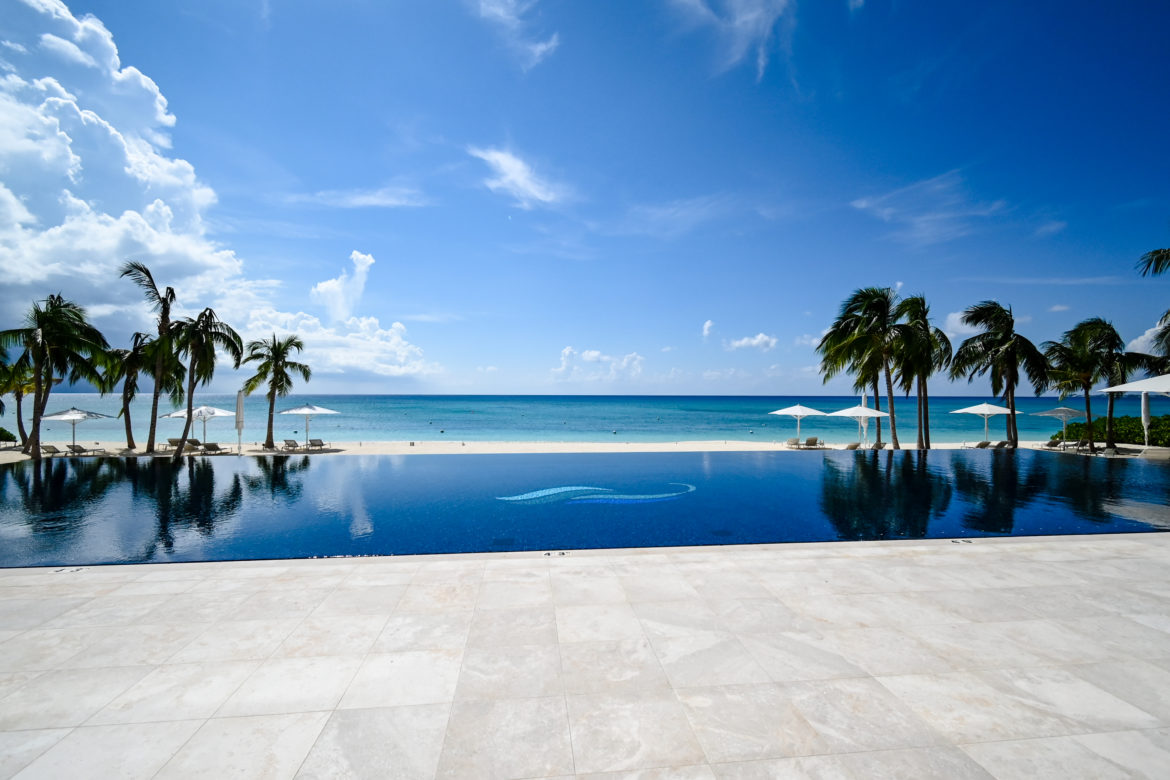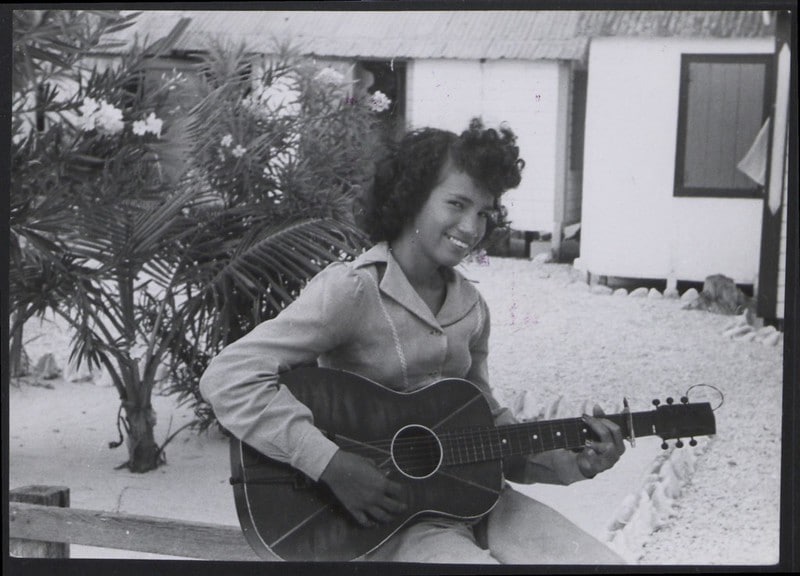Series
“Cayman Gone”: Closed-Door Decisions and Foreign Investors Drive an Island Identity Crisis
|
Few places in Grand Cayman offer the expansive, open views of the Caribbean Sea like those seen from the top floor of The WaterColours condominiums.
To start, most places lack this elevation. On an island with an average altitude of six feet, it’s a luxury to take in the turquoise waters and white sand beaches from a 10th-story perspective.
Until recently, only this complex, a 2014 creation of luxury developer Fraser Wellon, and Kimpton Seafire Resort by the Dart group, the islands’ largest private landowner, had achieved such heights. That’s soon to change, but for now, this particular sea view, from the top-floor penthouse of the late Jamaican tourism mogul Ernest “Ernie” Smatt, remains one of Grand Cayman’s most elite. The complex is just one of dozens of luxury condominiums that have filled in Grand Cayman’s vulnerable coastline over the past decade. During the COVID-19 crisis, construction of such projects has accelerated, exposing the local population to serious climate change threats in exchange for properties most Caymanians cannot aspire to own in a lifetime.




